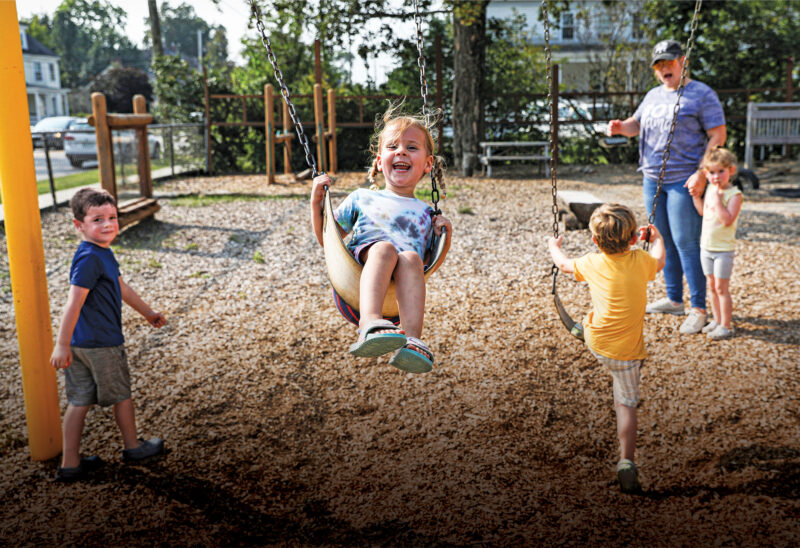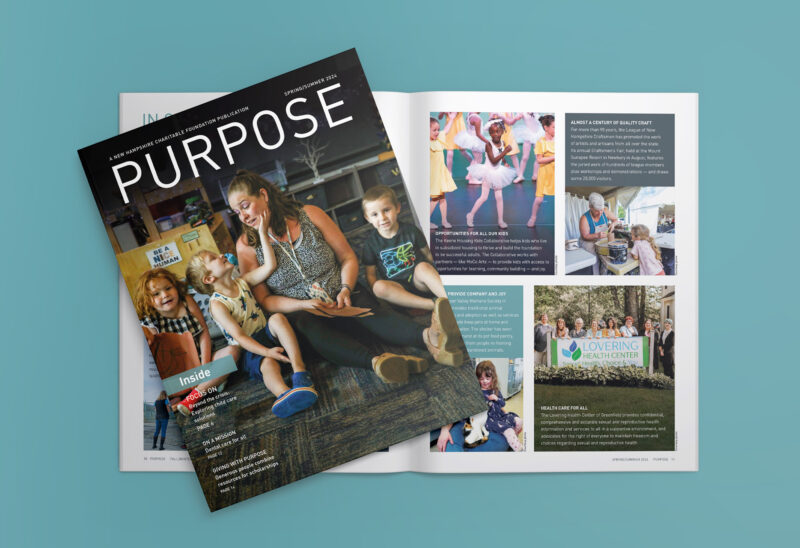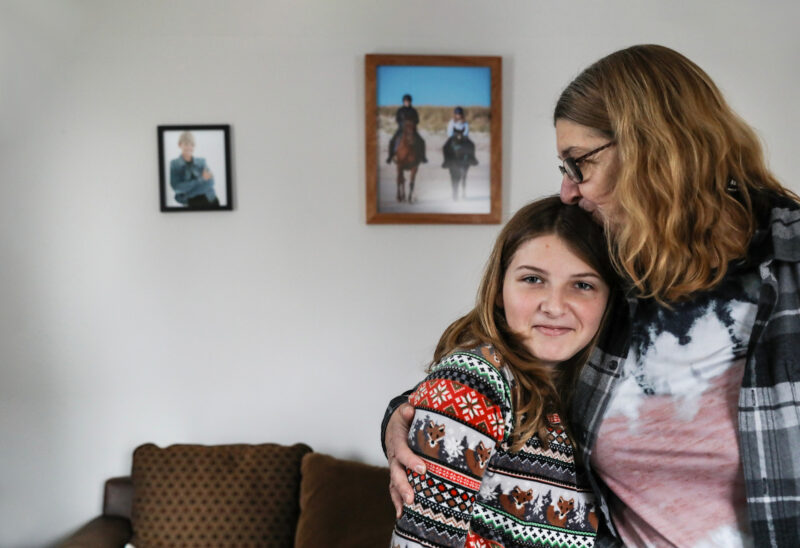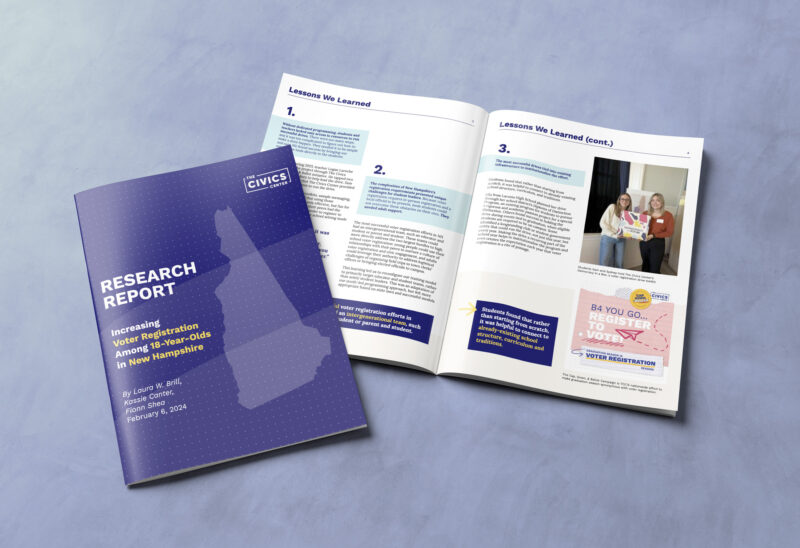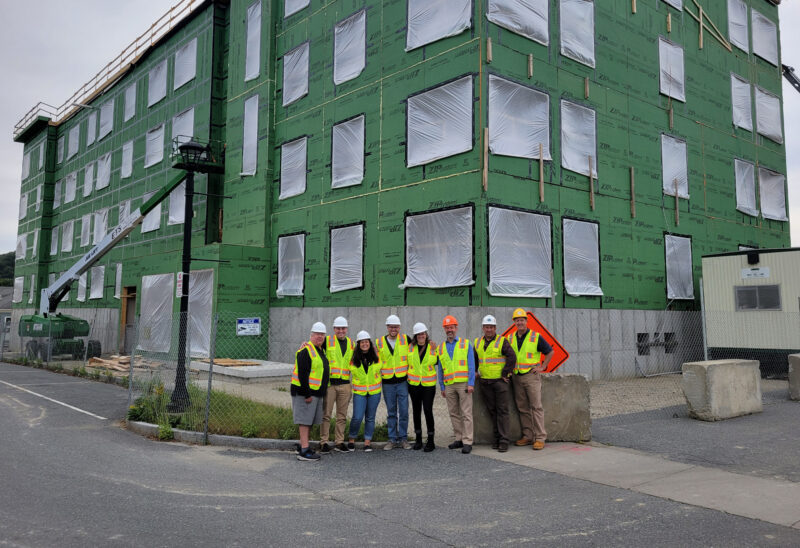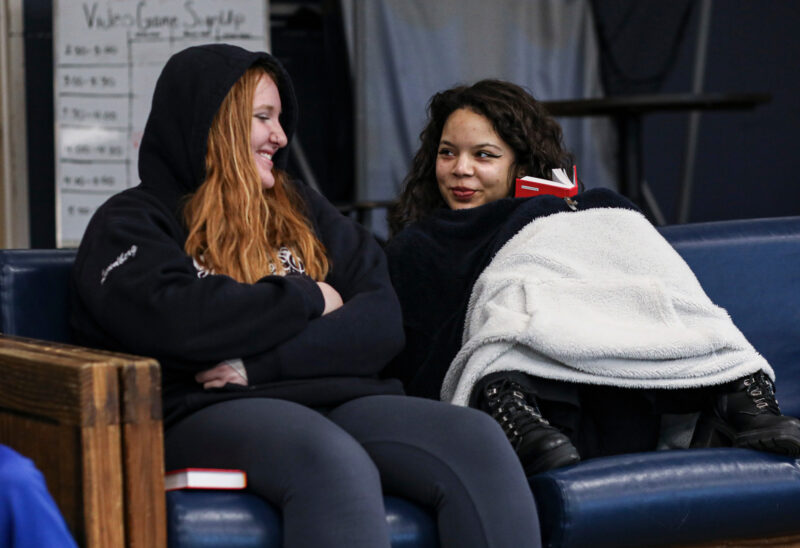The collaborative chatter of third- and fourth-graders buzzes through a classroom at Lancaster Elementary School on a Monday afternoon. Adding to the happy clamor are sounds from the laptops the students are working with: cats’ meows, Ariel singing over the sea, a witch’s cackle, car horns, ocean waves, a dragon’s roar.
The children — 16 of them — are deep into this week’s after-school STEM lesson, and fully engaged. The lesson arrived via White Mountain Science, Inc.’s (WMSi) Mobile STEM Lab, which crisscrosses the North Country to bring STEM — Science, Technology, Engineering, and Mathematics — programs to students who may not otherwise have the opportunity to dive into this modern curriculum. WMSi also offers professional development courses for teachers and summer camps for kids, with topics from animation and game design to robotics and coding.
“We’re a region of many small schools, and we wanted to offer an afterschool program for STEM,” said Bill Church, who started WMSi in 2013 with a goal of supporting creative problem-solving for everyone from kindergarteners to teachers.
WMSi’s Mobile STEM Lab launched in 2016 with support from the Charitable Foundation’s Neil and Louise Tillotson Fund. Since then, the lab has orchestrated after-school learning for more than 500 students (WMSi calls them “STEM Explorers”) in 20 towns across northern New Hampshire and Vermont. Schools provide classroom space and a teacher to act as an on-site coordinator, and WMSi does the rest.
“We fill a van with ‘awesome,’ come to the schools, and deliver this program,” Church said.
That “awesome” comes in the form of laptop computers and clear plastic bins meticulously organized and filled with supplies that rattle around the back of the van as it bumps along back roads and over frost heaves from WMSi’s Littleton headquarters toward its destination of the day.
In its first year, the Mobile STEM Lab visited seven schools. This year, 13 schools are enrolled in the program, which continues to receive support from the Tillotson Fund. The lab is on the road nearly every weekday during the school year, offering 10-week sessions that include video animation, coding, robot-building, and more. After-school programs are provided at no cost to families. WMSi recently added a second van to its fleet, so the staff can be in multiple places on a given day.
“We know that, for young people to be able to succeed in higher education and careers, they will need these creative problem-solving skills and total confidence with STEM tools and concepts,” said Kirsten Scobie, director of the Tillotson Funds. “WMSi is delivering the opportunity to learn those things — and to have fun doing it — to children in the most rural parts of the state.”
For today’s lesson on storytelling and map design, WMSi Operations Director Mike Carmon has added pieces of cardboard, a roll of aluminum foil, and about a dozen Makey Makeys to the lab’s mix of awesome.
Wait. “Makey Makeys?” Carmon describes a Makey Makey as an intermediary between a laptop and anything that can conduct electricity – your hand, aluminum foil, an apple. A Makey Makey is a simple circuit board about the size of a playing card that allows users to assign different functions to the space bar and directional arrows of a computer keyboard — so that any chosen object (an apple, or even a flight of stairs) can become a controller that causes a programmed response.
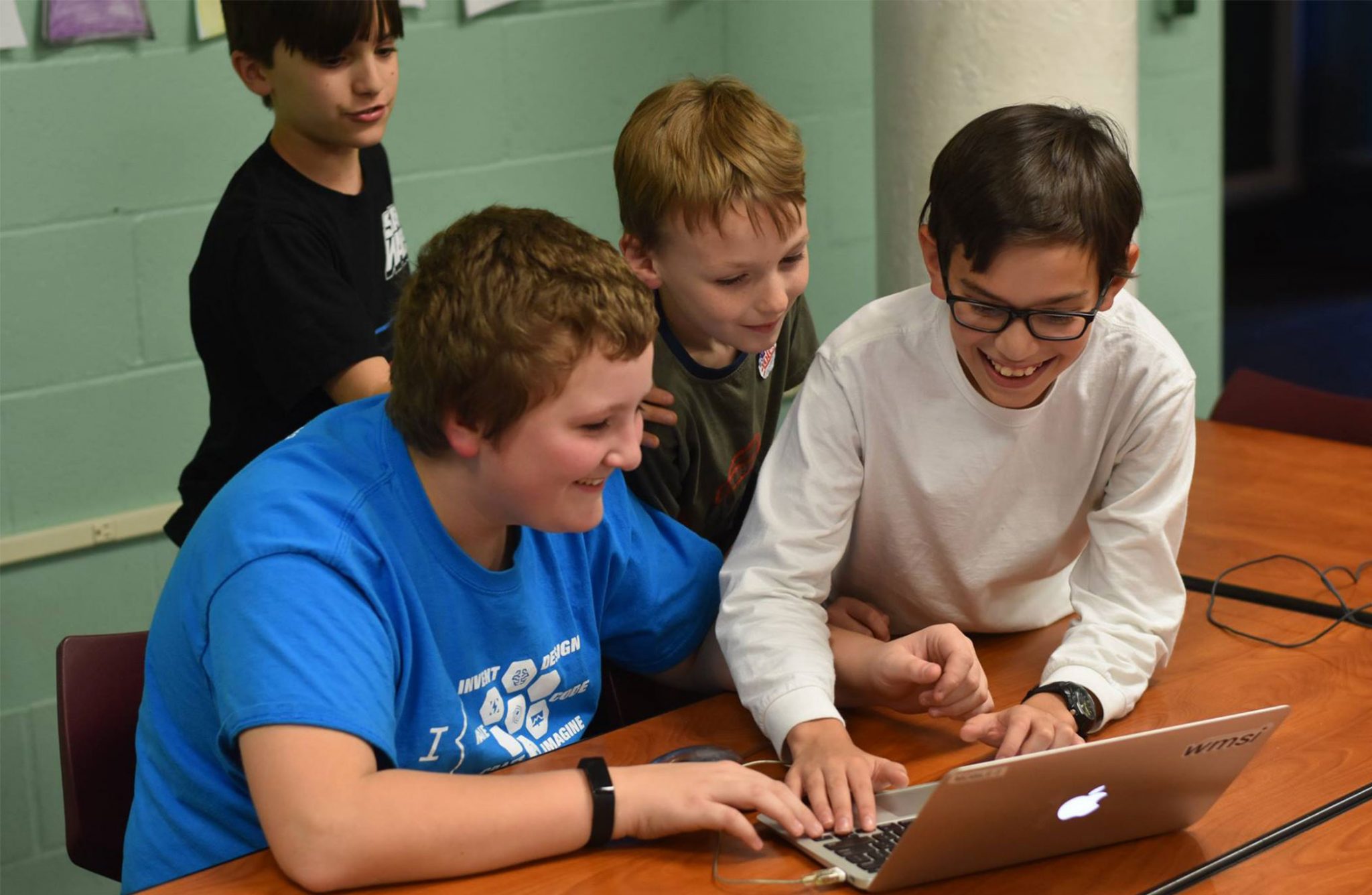
After wheeling the supplies from the van into the school and taking a few minutes to set up, Carmon asks the students if they remember last week’s lesson, when they coded their own stories in a programming platform called Scratch.
“Mine was about a bear roaring at me,” says one child, and another remembers, “Mine was about skiing with dinosaurs!”
“This week we’re going to tell stories again, in a different way, with different tools,” Carmon says.
Students work in pairs to decide on a story — they select characters ranging from demigod Percy Jackson to the dragon-riding Eragon to the mermaid Ariel — then draw a map depicting two or three places important in that story.
The kids make short work of step one, eager to move on to the coding part of the lesson. Using Scratch and the Makey Makeys, the STEM Explorers create sound and movement on their laptops. In one corner of the room, a dragon roars and flies across a screen. In another, a doorbell rings. Two students struggle to work through minor roadblocks to make Ursula cackle and Ariel sing on their screen. “Yes!” they say proudly. “It works!”
“I like doing the stuff here, says Blake, a fourth-grader who has become adept at using Scratch and the Makey Makey during recent sessions. “They’re both awesome.”
As the students work, Carmon offers suggestions for bringing their stories to life and helps work out programming kinks. Isaac, a student from White Mountains Regional High School, also lends a hand. He’s one of WMSi’s youth instructors, middle and high school students who act as STEM mentors for the younger kids.
These youth instructors bring another level of learning and community to WMSi’s Mobile STEM Lab.
“We’re giving these students truly authentic work — the challenge of being a leader in a room of young students,” said Church.
Through their work with the lab, the youth instructors gradually take on more responsibility, moving from lending a helping hand as needed to providing the introduction of lessons at the start of a session and fielding the younger kids’ questions at the end.
“It’s really fun to watch the development of the youth leaders over the course of a 10-week session,” Carmon said.
At the end of each after-school STEM lesson, students write in their journals, describing the day’s project and noting which part was the most fun and surprising, which was most challenging, and what they did to overcome the challenges they faced.
As the students file out of the classroom, Carmon packs all the materials back into bins, loads everything onto the cart, and wheels it back to Mobile STEM Lab so it will be ready for tomorrow — for another school, another group of kids, and more opportunity for spreading awesome.

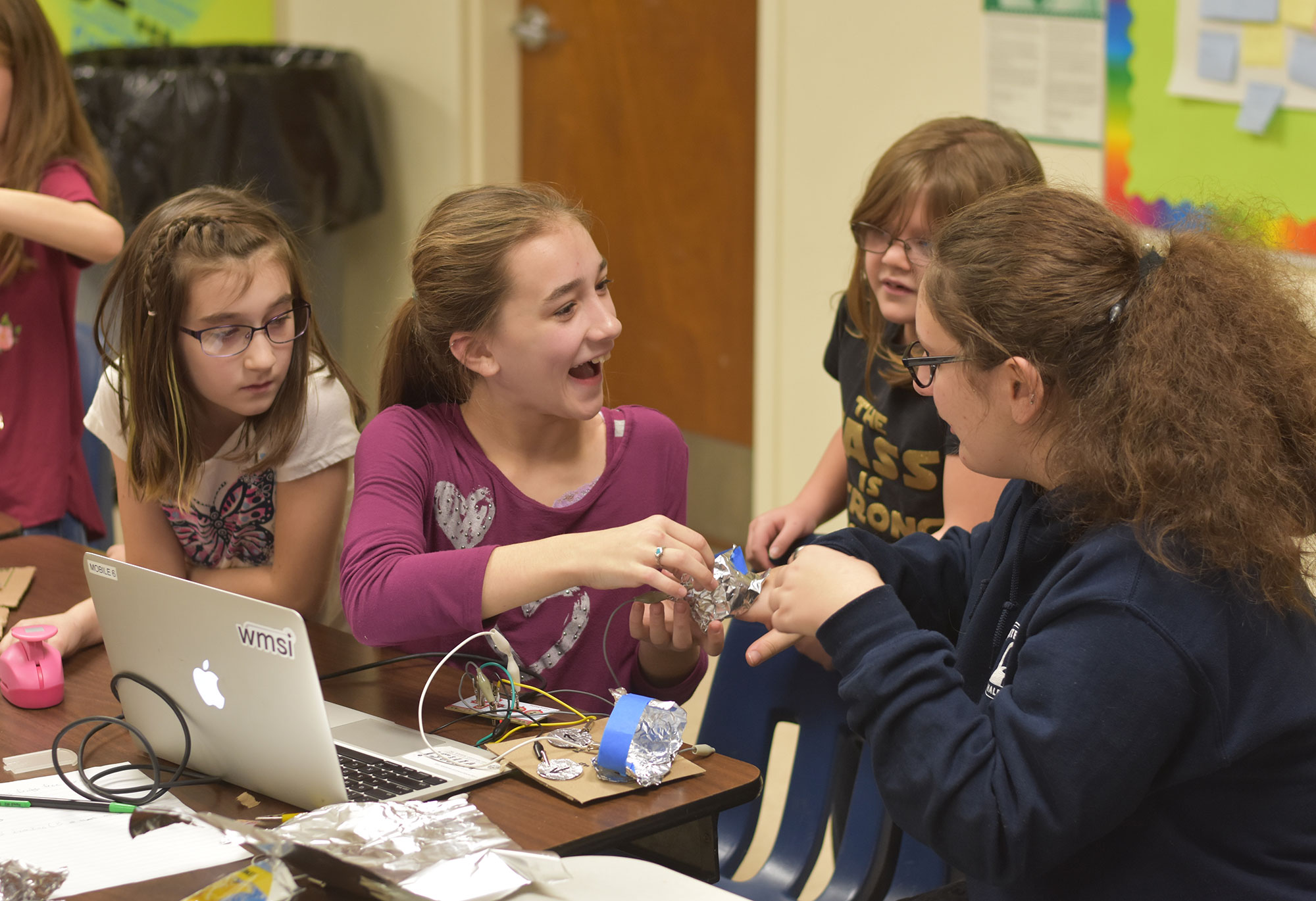





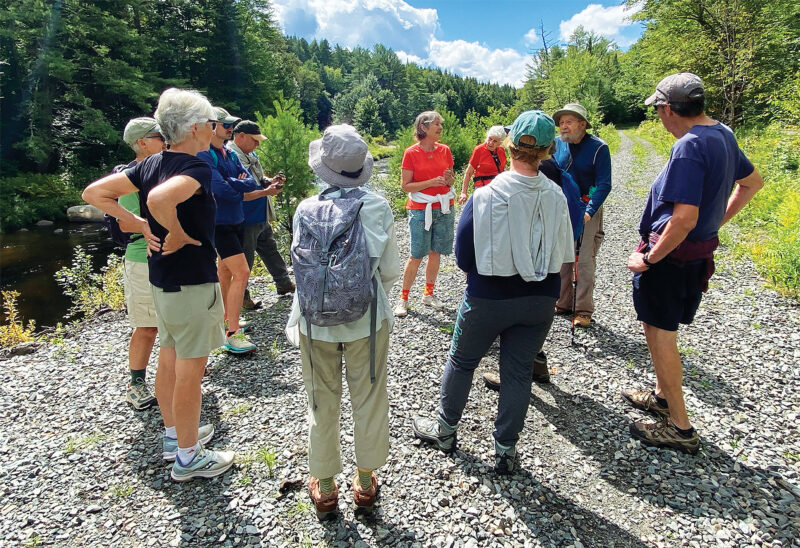
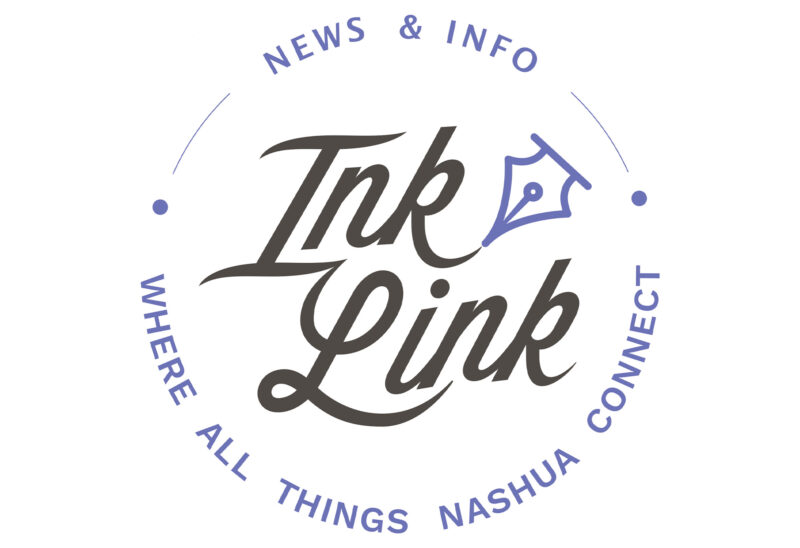
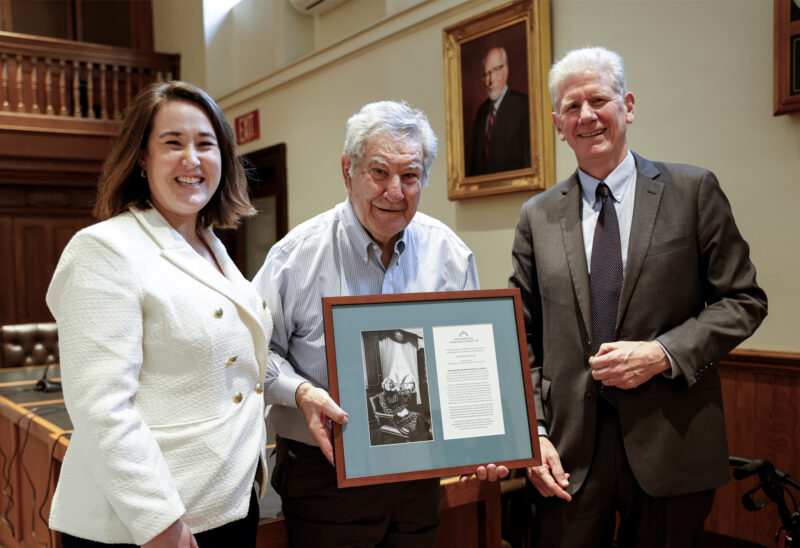
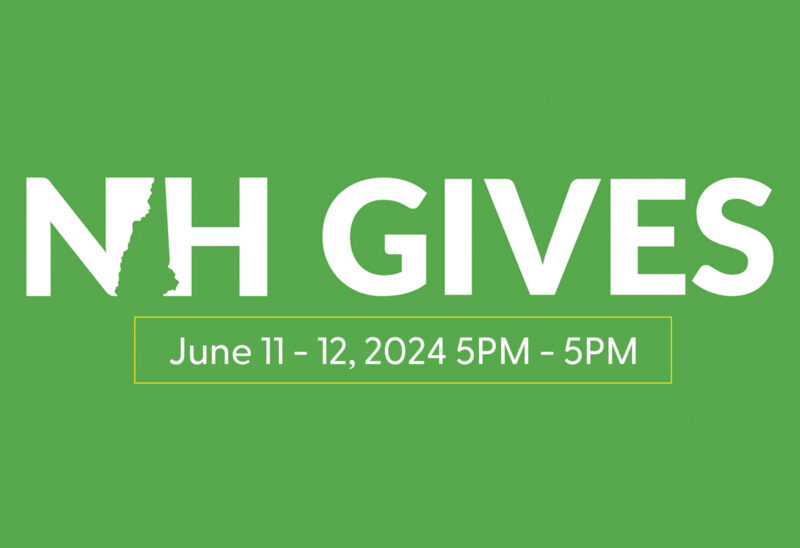
![Rev. Heidi Carrington Heath joined Seacoast Outright. [Photo by Cheryl Senter]](https://www.nhcf.org/wp-content/uploads/2024/05/Heidi-Carrington-Thumbnail-800x548.jpg)
